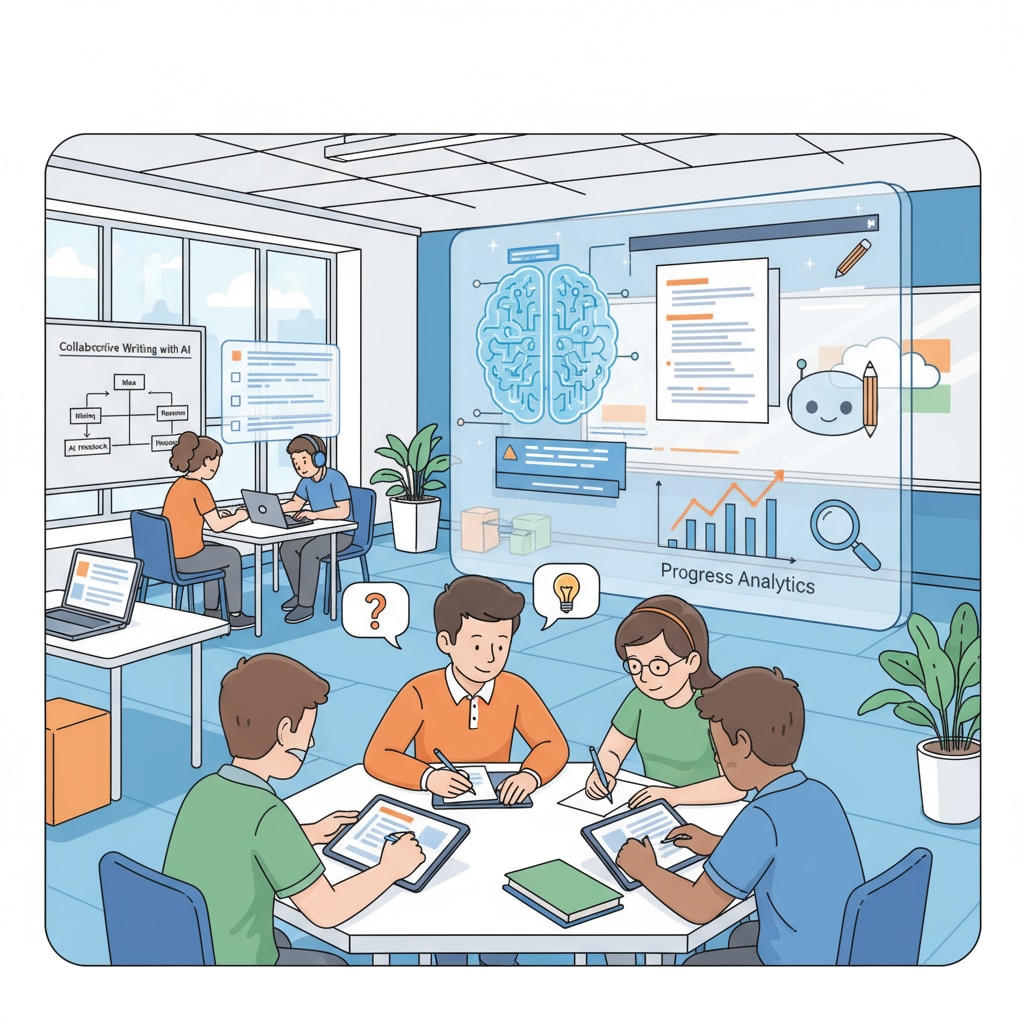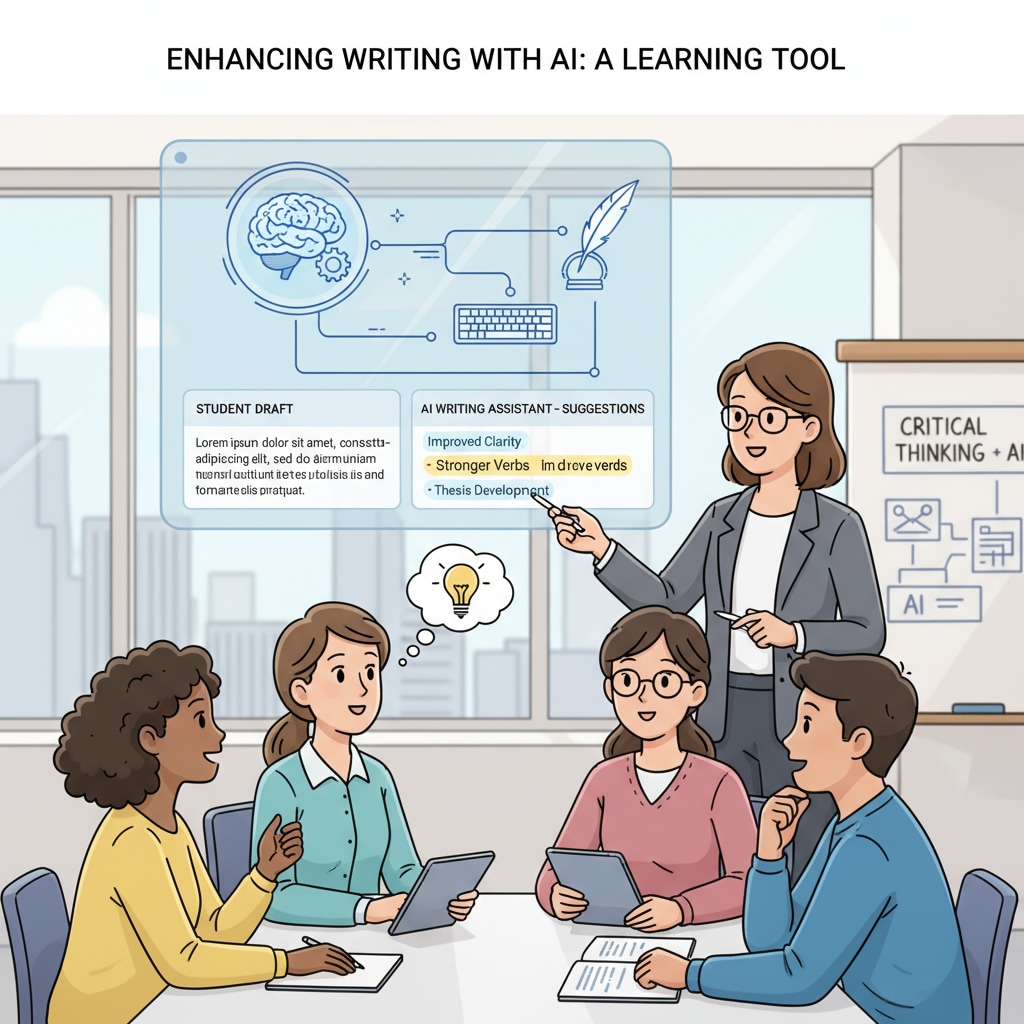In the age of rapid technological advancement, AI writing, teaching transformation, and writing skills have become intertwined in ways that are reshaping the educational landscape. The emergence of AI tools has presented both challenges and opportunities for writing instruction. Initially, educators were on the defensive, using methods to detect and punish students’ misuse of AI in writing assignments. However, as the potential of these tools became more apparent, a shift is occurring towards innovative teaching approaches.

The Initial Response: Detection and Punishment
When AI writing tools first became popular, educators were understandably concerned. There was a fear that students would use these tools to cheat, submitting work that was not their own. As a result, many institutions and teachers turned to detection software. Tools like GPTZero were developed to identify text generated by AI. For example, GPTZero analyzes the patterns and language used in a piece of writing to determine if it was likely created by an AI algorithm Artificial intelligence in education on Wikipedia.
This led to a culture of suspicion in the classroom. Teachers were constantly on the lookout for signs of AI use, and students who were caught using these tools faced severe penalties, such as failing grades or academic probation. However, this approach had its limitations. It focused primarily on preventing cheating rather than enhancing students’ writing skills.
The Paradigm Shift: From “Anti-AI” to “Pro-AI”
As educators began to see the potential of AI writing tools, a change in mindset occurred. Instead of viewing AI as an enemy, they started to consider it as a valuable teaching resource. For instance, AI can provide instant feedback on grammar, vocabulary, and sentence structure. This real-time feedback can help students improve their writing skills more quickly than traditional methods.
Educators are now exploring ways to integrate AI into the writing curriculum. They are designing lessons that teach students how to use AI tools effectively, such as using them for brainstorming ideas, organizing thoughts, or getting inspiration for their writing. This shift from “anti-AI” to “pro-AI” is a significant step in the evolution of writing teaching Educational technology on Britannica.

The Role of GPTZero Workshops
GPTZero workshops have played an important role in this transition. These workshops are not just about detecting AI-generated text but also about educating students and teachers about the capabilities and limitations of AI writing tools. In these workshops, educators can guide students on how to use AI as a supplement to their own writing process.
For example, students can learn how to input prompts into AI tools to get relevant information that they can then use to develop their own arguments and ideas. By participating in these workshops, students can develop a better understanding of how to use AI in an ethical and productive way, enhancing their overall writing skills.
Readability guidance: The key points are presented in short paragraphs and lists. Each H2 section has a clear focus. Passive voice is minimized, and transition words like “however”, “for example”, and “as a result” are used to connect ideas smoothly.


